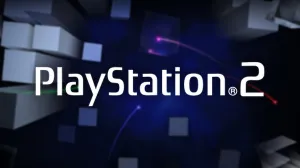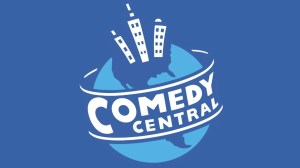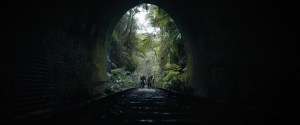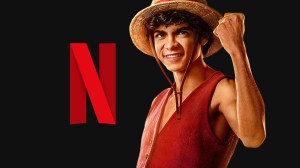Disney has always been known for its box office hits. But when the studio decided to get bold and dive into sci-fi stories, things didn’t go quite as planned. In an effort to move away from fairy tales and magic kingdoms, Disney explored alien worlds, parallel realities, and space adventures — yet most audiences just didn’t buy into it. From overbudget animated projects to high-concept ideas that were tough to sell, many of these movies tried to show a more ambitious side of the studio and paid the price for it. Some weren’t creative failures at all; they were simply punished because sci-fi rarely clicks for Disney. Sometimes, the audience just isn’t ready for the kind of story the studio wants to tell.
Videos by ComicBook.com
With that in mind, here are 11 Disney sci-fi movies that completely flopped at the box office. Some were misunderstood, and others made total sense when you see why audiences didn’t show up.
11) The Black Hole
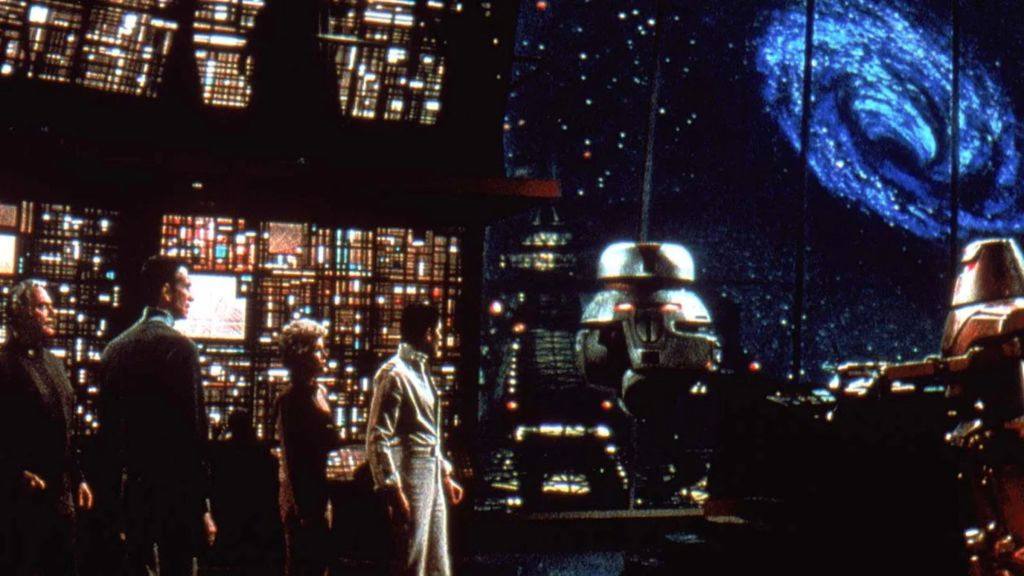
If you think Star Wars ruled the sci-fi scene in the late ’70s, The Black Hole was Disney’s shot at joining the trend. The studio went for a darker, more adult approach to attract a different audience, following a Federation ship that stumbles upon a black hole and a mysterious vessel run by a scientist obsessed with total control. On paper, it sounds like an epic premise, but the only audience that showed up was Disney’s usual one, mostly families and kids. And in this case, that wasn’t exactly a good thing.
Viewers didn’t quite know what to make of the film’s somber tone and philosophical undertones, and the global box office capped at just $35 million. Technically, it’s an impressive movie for its time — the visuals and effects were ambitious, and the tension feels genuine. But in practice, nobody really bought into it. The Black Hole ended up being remembered as one of those odd cult titles that only hardcore sci-fi fans still talk about today.
10) Atlantis: The Lost Empire
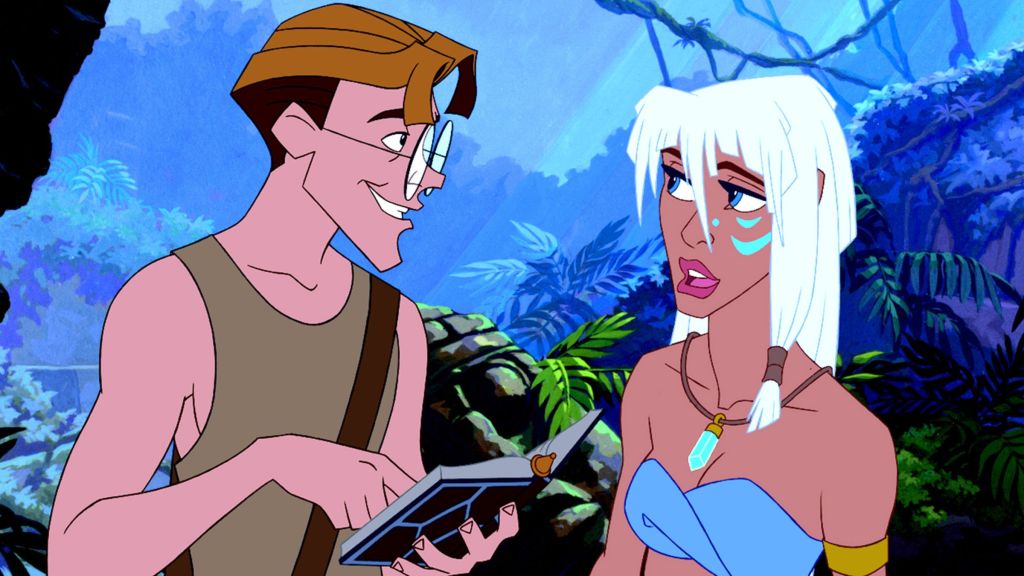
This one belongs to the group of movies that no one really understands why they weren’t hits. Atlantis: The Lost Empire is a totally captivating animated film that follows Milo, a cartographer who sets out to find the lost city of Atlantis — a place filled with ancient technology and mysterious secrets. It’s easy to see it as more of an adventure story, but the sci-fi elements are definitely there. The visuals are stunning, inspired by comic books and steampunk aesthetics, and the characters feel completely different from anything Disney had done before. But releasing this as if it were a traditional kids’ movie? That might’ve been the real mistake.
It’s a bold production: no forced jokes every 30 seconds, a serious tone, and constant adventure. But mainstream audiences just weren’t ready for it; maybe it was simply released at the wrong time. Today, though, Atlantis has become a certified Disney cult classic. At the box office, it made around $186 million worldwide, which isn’t terrible, but far from what the studio expected. That’s the kind of movie they really should’ve planned better before taking that creative risk.
9) A Wrinkle in Time

Disney has pulled off plenty of ambitious projects, but with A Wrinkle in Time, the problem boiled down to one thing: a confusing script. The story follows Meg Murry (Storm Reid) as she travels through alternate dimensions to rescue her father, facing everything from bizarre creatures to fragmented realities. The visuals are stunning, and the cast is strong, which should’ve helped the movie find its footing. But at the end of the day, the story tried too hard to please everyone and ended up with no clear direction.
As an adaptation of a book, Disney clearly wanted to appeal to fans of the novel, kids, adults, and even critics. The result? Nobody was happy. The film failed to connect emotionally and got buried under the weight of high expectations versus what it actually delivered, grossing only $132 million worldwide. It’s visually dazzling and has its heart in the right place, tackling subjects like diversity, courage, and family love. However, almost no one cared when it hit theaters. A Wrinkle in Time has its merits, but it also depends on who’s watching.
8) John Carter
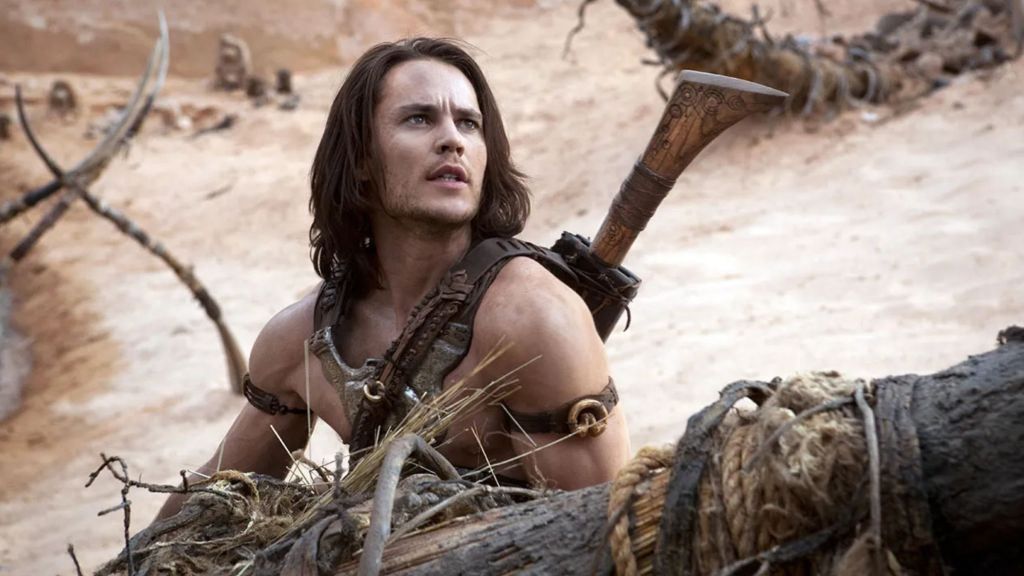
Among Disney’s biggest box office flops, John Carter is easily one of the most infamous — and for good reason. It’s the textbook example of a “movie nobody understood.” The story follows a Civil War veteran who ends up on Mars, discovers warring civilizations, and becomes a key figure in the planet’s conflict. Like many Disney productions, it’s visually impressive, packed with detailed alien worlds and exciting action sequences. The real issue was the disastrous marketing campaign, and as a result, nobody really connected with it. People just didn’t know what kind of movie they were walking into.
The film made $284 million worldwide, which sounds big, but with massive marketing and distribution costs, it still turned into a major loss for Disney. More importantly, it failed to create any real engagement. It felt like audiences watched it simply because it was a Disney release, but it didn’t stick; most people barely remember it. Over time, though, John Carter has earned a bit of redemption among sci-fi fans, who now see it as an underrated, visually ambitious space epic that deserved a better fate.
7) Lightyear

Lightyear is one of Disney and Pixar’s more recent releases, and it had plenty of hype leading up to its debut. After all, it was about one of the studio’s most beloved characters from one of its biggest franchises. The problem? They tried to reinvent Buzz Lightyear by separating him from the toy version everyone knows — and that move completely backfired. The movie presents Buzz as a real human space ranger, facing intergalactic threats and even some existential dilemmas. It sounded like a sure hit for Toy Story fans, but theory and reality didn’t quite match up.
There’s no denying the film is gorgeous — the animation is stunning, and the story tackles mature themes with subtlety and heart. But audiences were confused from the start: was this supposed to be the Buzz from Toy Story? A spinoff? A movie within the Toy Story universe? Too many questions and not enough clarity led to a predictable flop. The production pulled in $226 million worldwide, but its cultural impact faded almost instantly. With better marketing and a clearer concept, Lightyear could’ve easily soared instead of crashing, because what’s actually there is far better than most people gave it credit for.
6) Meet the Robinsons

Full of nerdy charm, Meet the Robinsons had real potential — it just suffered from being another Disney gamble the studio didn’t quite know how to sell. The story follows Lewis, a young prodigy who travels through time, meets an eccentric futuristic family, and learns a heartfelt lesson about perseverance. It’s classic Disney at its core: clever, fast-paced, and genuinely funny, with the kind of emotional payoff that sticks. Today, it’s remembered fondly by some, but for mainstream audiences, it unfairly slipped through the cracks.
At the time, Disney was also releasing hits like Enchanted and Ratatouille, making it hard for Meet the Robinsons to stand out. And once again, marketing didn’t do it any favors. The film pulled in just $169 million worldwide, not exactly a disaster, but far from a win for a studio of Disney’s scale. Looking back, the movie feels underrated — a bright, creative production that deserved better recognition, especially for how smartly it balanced heart, humor, and sci-fi imagination.
5) Tomorrowland
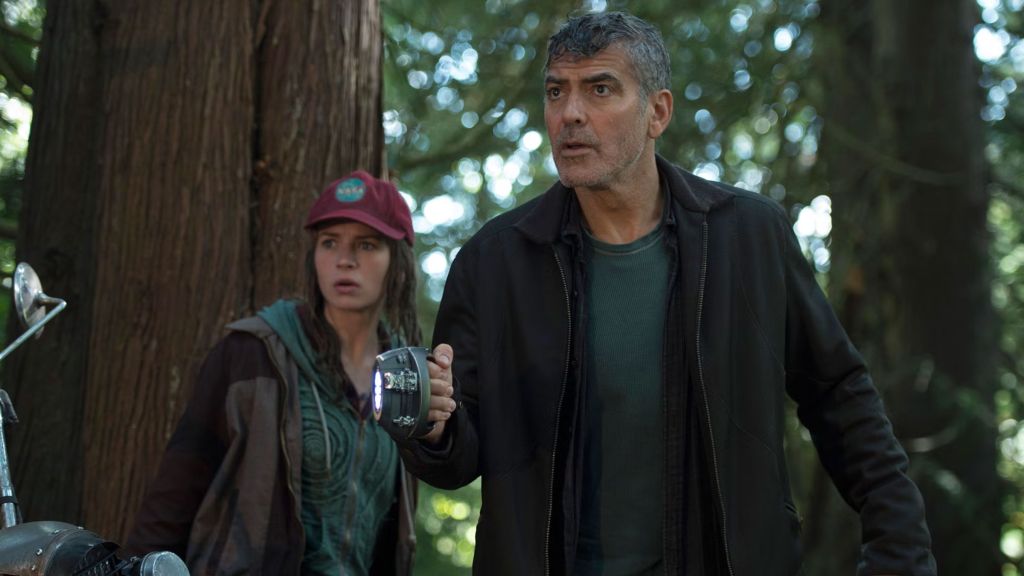
Inspired by a section of Disney’s theme parks, Tomorrowland had all the potential in the world — but it just couldn’t live up to it. This is one of those movies that tries to be too ambitious and ends up losing focus. The story follows former boy genius Frank Walker (George Clooney) and young prodigy Casey Newton (Britt Robertson) as they discover a futuristic alternate dimension where visionaries work to solve humanity’s problems. Sounds cool, right? The issue is that the plot is overly complicated, packed with big ideas that never quite connect emotionally. To make things worse, Disney’s marketing leaned into mystery mode, keeping the story secret as a gimmick — and that completely backfired.
Everything about the campaign left audiences unsure of what to expect. Was it fantasy? Sci-fi? A family adventure? That confusion cost Tomorrowland dearly, pulling in just $209 million worldwide. Still, it deserves some credit, since the movie has great visuals, positive themes, and a creative spark that aimed to inspire. The idea is really creative, but Disney projects only succeed when a lot of things click together, and that wasn’t the case here.
4) Treasure Planet
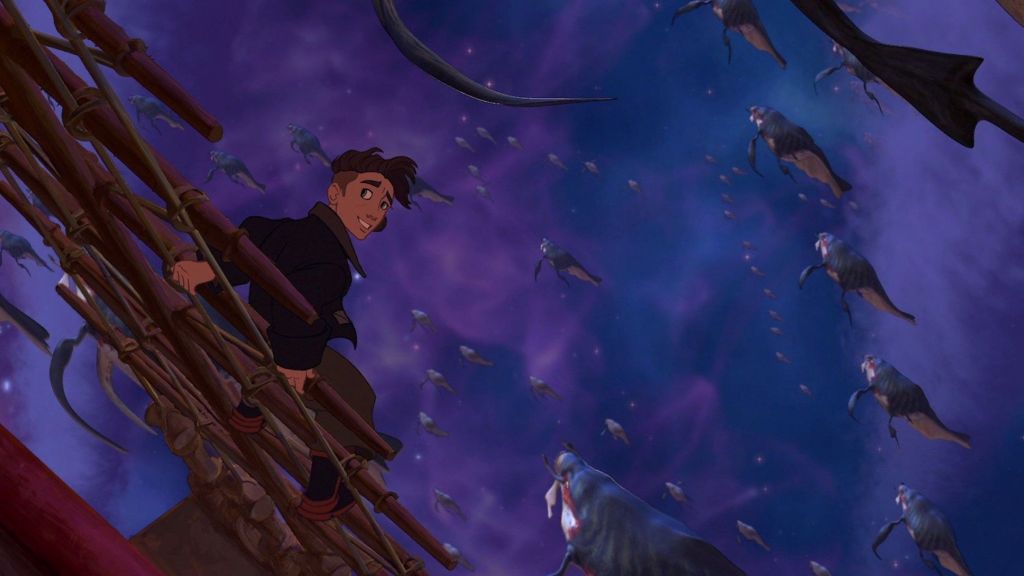
You know the classic Treasure Island? Treasure Planet is its space-age version. The story follows Jim Hawkins as he journeys across a futuristic universe, encountering pirates, danger, and his own personal struggles while chasing after a legendary treasure. Visually, it’s a masterpiece: a stunning blend of 2D animation and CGI that was groundbreaking for the early 2000s. The film earned strong critical praise for its artistry and even scored award nominations, standing out as one of Disney’s boldest experiments from that era. Today, it’s a full-blown cult favorite.
With just $109 million worldwide, though, Treasure Planet became the Disney movie that least deserved to flop. Its breathtaking visuals and emotionally honest storytelling should’ve made it a hit. But the timing couldn’t have been worse: it premiered alongside massive blockbusters like Harry Potter and the Chamber of Secrets, which completely overshadowed it. It also struggled to connect with, since sci-fi adventure simply isn’t a genre that clicks with younger viewers (even when it’s packed with heart and imagination). And some say it was just too much tech and too much style for audiences to process at the time.
3) Strange World

Strange World is another one of Disney’s unfairly overlooked projects — but not because it was ahead of its time, rather because it was marketed one way and delivered another. The movie sets out to be a family adventure through alien ecosystems, following a group of explorers who must face their own internal conflicts while dealing with external threats. It’s visually daring, filled with fascinating creatures and bold worldbuilding, but between its heavy ecological metaphors and dense visuals, it’s easy to see how audiences got lost. It was sold as a lighthearted, fun Disney adventure, and what audiences got instead was something far more introspective and symbolic than expected.
The irony is hard to ignore: in a time when viewers demand more innovation and diversity, the movie was largely brushed aside, earning only $73 million worldwide. Still, the film deserves credit: it’s diverse, imaginative, and genuinely entertaining in its own niche way. It’s the kind of project that was never going to please everyone, but for those who appreciate what it’s doing, Strange World is one of Disney’s most underrated efforts in years.
2) TRON: Ares
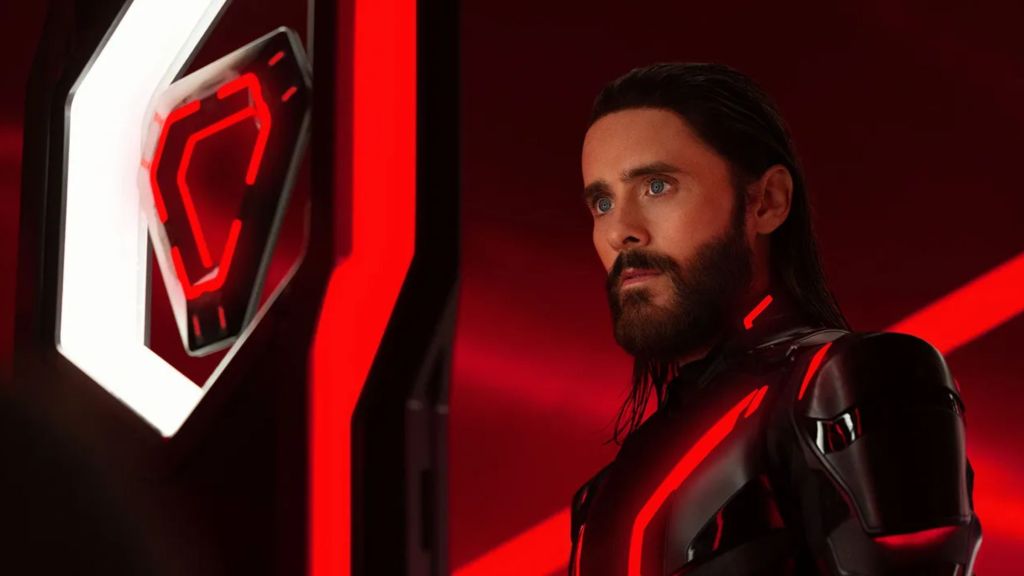
The Tron franchise is iconic among sci-fi fans. After two movies, it took years for the third one to finally arrive. If you’re a fan, you’ll watch it no matter how long it took — but that’s exactly where the problem lies. Tron: Ares was a bold attempt to revive the story, introducing a new protagonist and bringing back the kind of digital battles that once felt groundbreaking. The movie follows Ares (Jared Leto) as he faces oppressive systems and powerful enemies inside the Grid, trying to restore balance. But the real issue behind its lack of success is the niche.
Marketing has always been a tricky spot for Disney, but this time it’s more about the fan base. Tron: Ares appeals to a very specific and limited group of fans, which makes it hard to connect with newcomers (even though it’s more of a standalone story than a direct sequel). It’s visually stunning and full of high-quality action, but it never managed to sell its world to a broader audience. The film opened below expectations, earning around $59 million at the box office so far. With a better release strategy, maybe it could’ve performed much stronger.
1) Mars Needs Moms
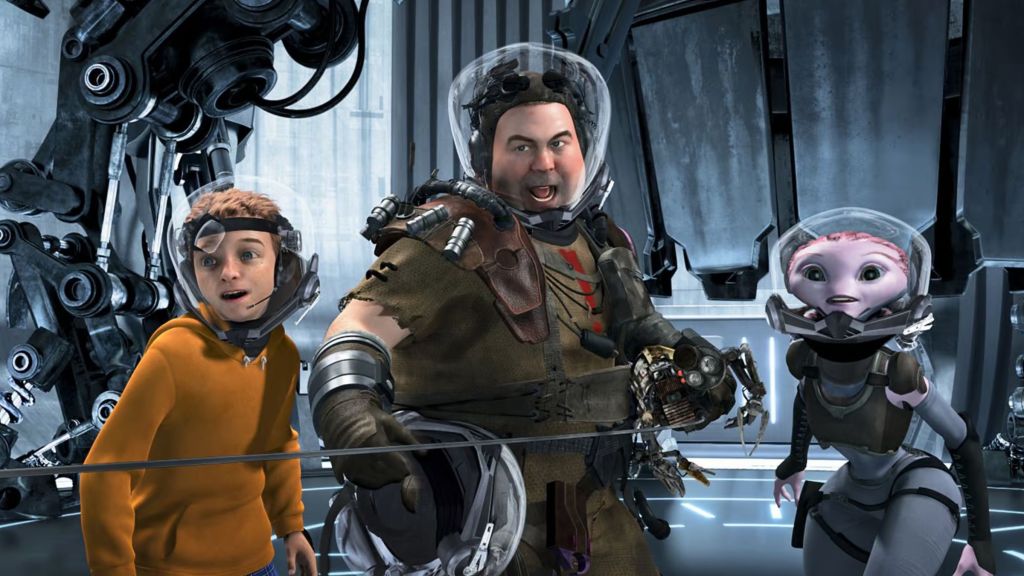
No one’s ever going to top what Mars Needs Moms pulled off — and that’s not exactly a compliment. This movie is practically a case study on how a Disney project can flop hard, even when it’s trying to deliver a heartfelt message about family. The story follows Milo, a kid on a mission to rescue his mom after she’s kidnapped by aliens. It’s a simple enough idea, boosted by advanced motion capture technology. But then came the infamous Uncanny Valley, and this movie fell straight into it. The characters looked off, the emotions didn’t land, and the whole thing ended up feeling more unsettling than touching.
With only $39 million at the global box office, Mars Needs Moms stands out as one of Disney’s biggest misfires. It didn’t really have a single redeeming factor — visually awkward, emotionally distant, and lacking charm. The word of mouth was terrible, which only made things worse. You can see what the filmmakers were going for, and maybe even appreciate the intent, but good intentions don’t make up for a movie that just doesn’t work.
Got a favorite Disney sci-fi movie? Which one do you think didn’t deserve to flop? Let us know in the comments!


